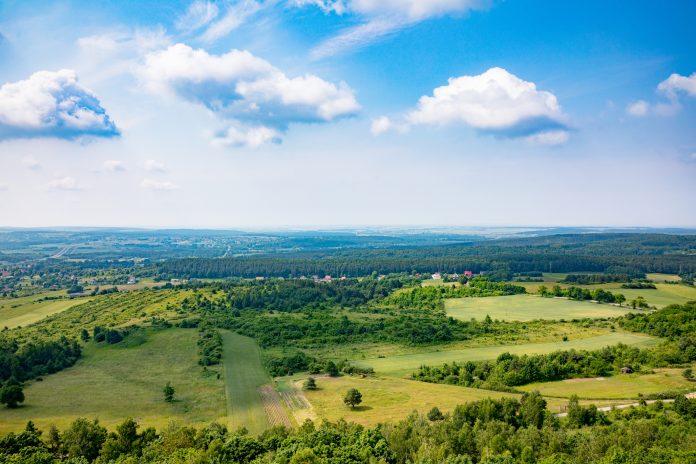With the European Union five years away from its Biodiversity Strategy for 2030, a new assessment has been released, revealing that although steps have been taken to protect ecosystems, progress needs to be accelerated to meet long-term goals
Launched in May 2020, the EU Biodiversity Strategy, part of the European Green Deal, was implemented to reverse biodiversity loss by the end of the decade.
The focus points of the EU Biodiversity Strategy
There are four main focus areas of the strategy;
- Protecting natural areas.
- Restoring degraded ecosystems.
- Enabling transformative environmental change.
- Enhancing international cooperation on biodiversity.
According to the newly published report by the European Commission’s Joint Research Center and the European Environmental Agency, around half of the recommended actions under the strategy are now in place.
This includes new legislation like the Nature Restoration Regulation and various guidelines for improving biodiversity assessments; most of the remaining actions are currently underway, with only a few facing delays.
Despite this, the report highlights that these actions have not stopped biodiversity decline.
Meeting biodiversity goals within the next five years
The assessment looked at 29 sub-targets within the strategy to evaluate current progress and determine whether the EU is on track to meet its biodiversity goals.
The EU has been making positive progress in 10 sub-targets related to the pressure of migrating humans on biodiversity. This includes plans to designate more protected land and marine areas, reduce pesticide and fertiliser use, transition to organic farming, and promote sustainable forestry and fisheries practices.
Failing to hit certain sub-targets
Three sub-targets, such as the wider adoption of agroecological practices, have shown little movement. Two sub-targets show negative trends, which is even more concerning; populations of common birds and pollinators like bees continue to decline, highlighting the ongoing pressure on European ecosystems.
One of the main challenges highlighted in the report is the difficulty in monitoring and measuring progress. For 14 sub-targets, there is currently not enough data to assess the state of implementation, and for 16 sub-targets, it is unclear whether the EU will achieve its 2030 goals due to similar data gaps.
Ensuring future targets are hit
None of the 13 sub-targets that could be evaluated for their 2030 potential are currently on track. However, the report notes that the EU could still meet nine of these targets with accelerated efforts. For example, the pace of creating new protected areas and converting to organic agriculture would need to triple to remain on course.
Four sub-targets are unlikely to be achieved. These include halting the deterioration of species conservation status, reversing pollinator decline, cutting soil nutrient losses by half, and reducing fertiliser use by 20%.
Achieving the EU’s biodiversity goals will require more vigorous enforcement of environmental regulations and more coordinated policy implementation across member states. Future work will focus on improving the monitoring framework through the EU’s Knowledge Centre for Biodiversity.
This includes aligning biodiversity monitoring with other significant environmental policies such as the Zero Pollution Action Plan and the Farm to Fork Strategy.
As the EU continues to refine its biodiversity strategy, filling data gaps and strengthening monitoring systems will be important.











